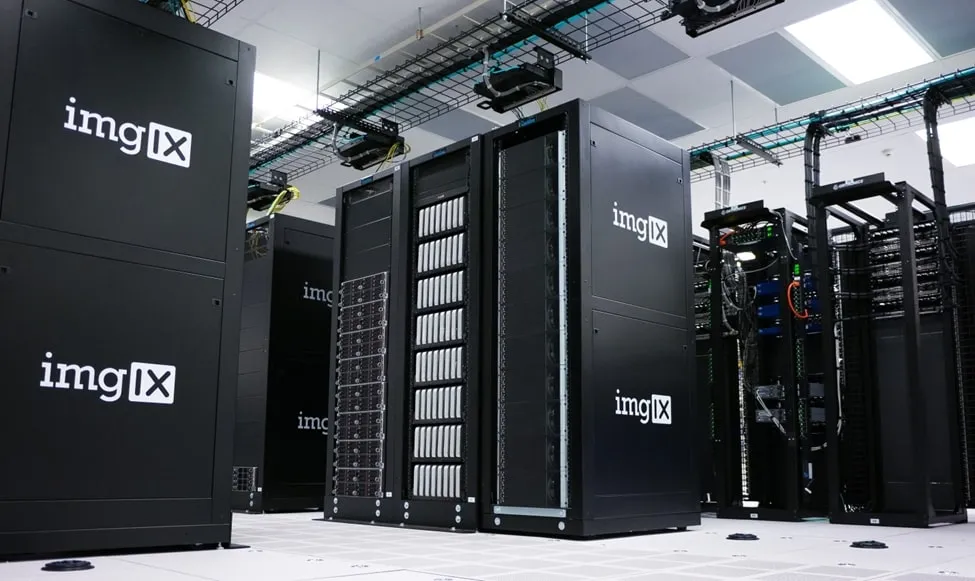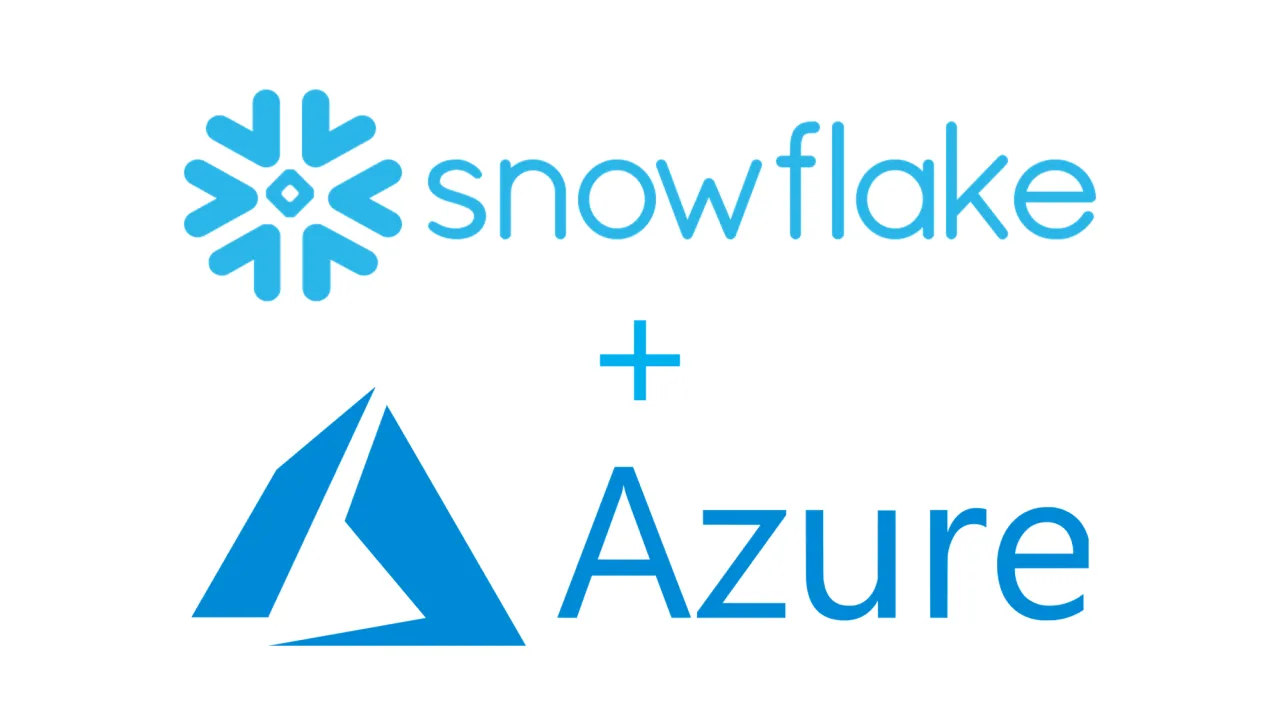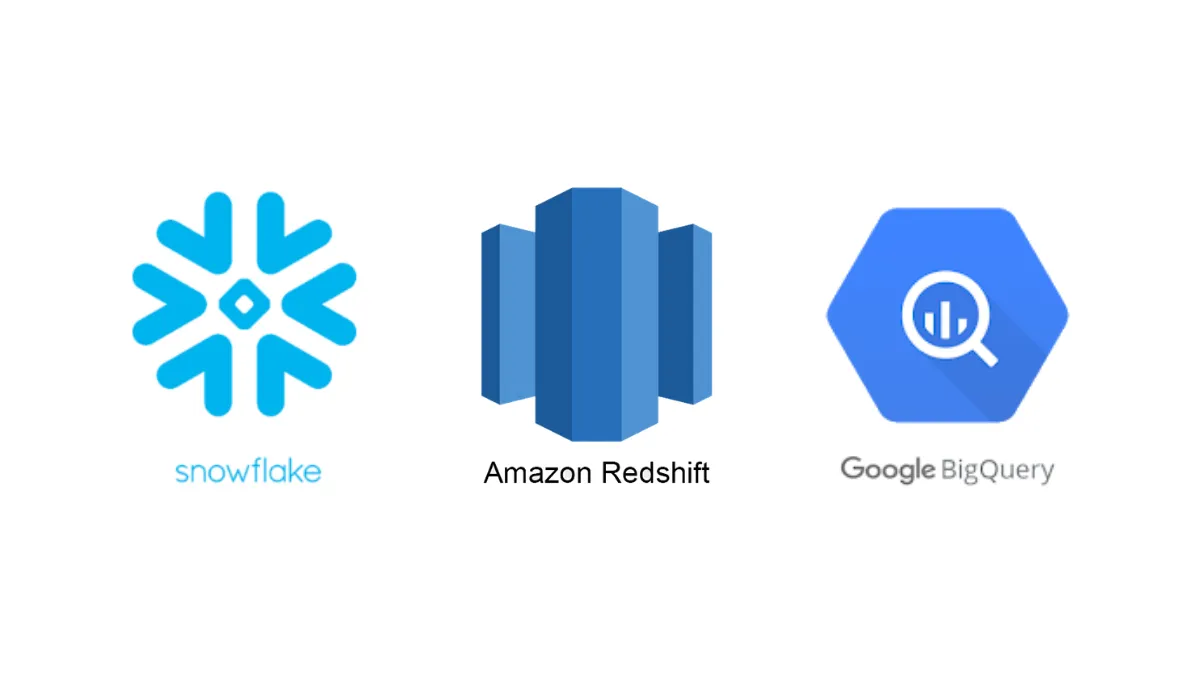What Are AWS Databases?
Amazon Web Services (AWS) offers a wide range of database services designed to satisfy the needs of modern, cloud-based applications. They provide high availability, reliability, and security, enabling businesses to build applications quickly and easily.
AWS databases are fully managed, taking care of time-consuming administrative tasks such as hardware provisioning, setup, and configuration, patching, backups, and recovery. This leaves you free to focus on building and optimizing your applications, rather than getting bogged down in database management.
AWS databases are also highly scalable, meaning they can grow with your business. You can start small and scale up as your needs increase, without having to worry about capacity planning or infrastructure management. This makes AWS databases a cost-effective solution for businesses of all sizes.
Types of AWS Database Services
AWS offers a variety of database services, each tailored to different use cases and requirements.
Amazon RDS
Amazon RDS (relational database service) is a fully managed relational database service that allows you to create, run, and scale relational databases in the cloud. It supports popular database engines such as MySQL, PostgreSQL, MariaDB, Oracle, and SQL Server.
Amazon RDS takes care of the heavy lifting of database administration, including backups, software patching, automatic failover, and recovery. It also offers built-in security features, including network isolation using Amazon VPC, encryption at rest and in transit, and IAM integration for access control.
With Amazon RDS, you can scale your databases up or down to meet the needs of your application, without any downtime or performance impact. This makes it an ideal choice for applications that require a reliable, scalable, and secure relational database.
Amazon DynamoDB
Amazon DynamoDB is a fully managed NoSQL database service that provides fast and predictable performance with seamless scalability. It's ideal for applications that need consistent, single-digit millisecond latency at any scale, such as mobile, web, gaming, ad tech, IoT, and many other applications.
DynamoDB supports both document and key-value data models, making it a flexible solution for a wide range of application scenarios. It also features built-in security, backup and restore, in-memory caching, and multi-region replication.
With DynamoDB, you don't need to worry about database management tasks. You simply create a table, specify the throughput capacity, and let AWS take care of the rest.
Amazon Redshift
Amazon Redshift is a fully managed, petabyte-scale data warehouse service that makes it simple and cost-effective to analyze all your data using your existing business intelligence tools.
Redshift delivers fast query performance by using columnar storage technology and parallel query execution. It also includes Redshift Spectrum, which allows you to directly run SQL queries against exabytes of unstructured data in Amazon S3.
With Redshift, you can start small for just $1,000 per terabyte per year, less than a tenth of the cost of traditional solutions.
Amazon Aurora
Amazon Aurora is a MySQL and PostgreSQL-compatible relational database built for the cloud. It combines the performance and availability of high-end commercial databases with the simplicity and cost-effectiveness of open-source databases.
Aurora is up to five times faster than standard MySQL databases and three times faster than standard PostgreSQL databases. It provides the security, availability, and reliability of commercial databases at 1/10th the cost.
Aurora is fully managed by Amazon RDS, which automates time-consuming administration tasks like hardware provisioning, database setup, patching, and backups.
Amazon Neptune
Amazon Neptune is a fast, reliable, fully managed graph database service that makes it easy to build and run applications that work with highly connected datasets.
Neptune supports popular graph models like Property Graph and W3C's RDF, and their respective query languages, Apache TinkerPop Gremlin and SPARQL. This makes it easy to build queries that efficiently navigate highly connected datasets.
Neptune is fully managed, so you don't need to worry about database management tasks. You can focus on your applications and let AWS handle the rest.
Amazon DocumentDB
Amazon DocumentDB is a fast, scalable, highly available, and fully managed document database service that supports MongoDB workloads.
DocumentDB is designed to give you the performance, scalability, and availability you need when operating mission-critical MongoDB workloads at scale. It supports MongoDB workloads and the MongoDB API, so your existing MongoDB applications can run without any changes.
With DocumentDB, you can start small and scale your database as your needs grow, without any upfront commitments or long-term contracts.
AWS Database Architecture Patterns
Single Database Pattern
The single database pattern is the simplest of all AWS database architecture patterns. It involves having a single database that caters to all services. The advantage of this pattern is its simplicity. It is easy to manage, implement, and understand. For small applications or projects with minimal data requirements, the single database pattern is often the most suitable choice.
However, this pattern might not be the best choice for complex projects with heavy data requirements. A single database can become a bottleneck as the volume of data and number of services increase. It might also lead to issues related to data isolation and security, as all data is stored in one place.
Database per Service Pattern
The database per service pattern, as the name suggests, involves having a separate database for each service. This pattern is particularly beneficial for microservices architecture where each service might have different data requirements. This pattern allows for better isolation and security, as each service's data is stored separately.
However, the database per service pattern requires more management effort. Each database needs to be separately maintained, backed up, and secured. This might be a bit overwhelming for small teams or projects with limited resources.
Shared Database Pattern
The shared database pattern involves sharing a database among multiple services. This pattern is used when multiple services need to access the same data. The shared database pattern provides a balance between the single database pattern and the database per service pattern. It offers better data isolation than the single database pattern but requires less management effort than the database per service pattern.
However, the shared database pattern might lead to data contention issues. If multiple services are trying to access the same data simultaneously, it might lead to performance issues.
CQRS (Command Query Responsibility Segregation) Pattern
The CQRS pattern is a more advanced AWS database architecture pattern. It involves separating the read and write operations into different models. This segregation allows for better performance, as the read and write operations do not interfere with each other.
However, the CQRS pattern is complex and requires a good understanding of the system's data requirements. It might not be the best choice for simple applications or projects with limited data requirements.
Event Sourcing Pattern
The event sourcing pattern involves storing all changes to the application state as a sequence of events. These events can then be replayed to recreate the application state at any point in time. This pattern is particularly beneficial for systems that require audit trails or historical data analysis.
However, the event sourcing pattern requires careful design and management. The sequence of events needs to be correctly maintained to ensure the accuracy of the application state.
Best Practices for AWS Database Architecture
Selecting the Right Database Services
AWS offers a wide range of database services to cater to different data requirements. It's important to choose the right service based on your project's specific needs. For example, if you need a relational database, you might want to consider Amazon RDS. If you need a NoSQL database, Amazon DynamoDB might be a better choice.
Designing for Performance
Performance is a critical factor in any database system. AWS provides several tools and features to help you design a high-performance database. For example, you can use Amazon CloudWatch to monitor your database's performance and identify any potential issues.
Designing for Security
Security is another crucial aspect of AWS database architecture. AWS provides several features to help you secure your database, such as AWS Identity and Access Management (IAM) for access control, and AWS Key Management Service (KMS) for encryption.
Designing for Scalability and Flexibility
Scalability and flexibility are key advantages of AWS database architecture. AWS provides several features to help you design a scalable and flexible database, such as Auto Scaling for automatic adjustment of resources, and Amazon RDS Read Replicas for scalability.
Data Backup and Recovery
Data backup and recovery are essential for any database system. AWS provides several features to help you backup and recover your data, such as Amazon RDS automated backups and AWS Backup for centralized backup management.
Conclusion
In conclusion, AWS database architecture provides a powerful and flexible way to manage your data. By understanding its patterns and best practices, you can truly unlock its full potential. Whether you're handling a small project or managing a large-scale application, AWS database architecture has the tools and features to meet your data needs.




